Transitioning your wardrobe between seasons can be tricky, but with a few smart strategies, you can smoothly shift from one season to the next without missing a beat. These 19 expert tips will help you make the most of your wardrobe and stay stylish, no matter the weather.
Start with Layers

Layering is your best friend when the weather is unpredictable. Begin with a lightweight base layer, like a t-shirt or a blouse, and add on with cardigans, jackets, or scarves as needed. Layers not only keep you warm when it’s chilly, but they’re easy to remove when the day heats up. This flexibility is key to navigating those in-between months.
Incorporate Transitional Pieces

Invest in pieces that work well across multiple seasons, like a denim jacket or a lightweight trench coat. These transitional items can be layered over summer dresses or paired with autumn pants, making them versatile additions to your wardrobe. For example, a denim jacket can keep you warm on cooler days without feeling too heavy.
Swap Out Fabrics
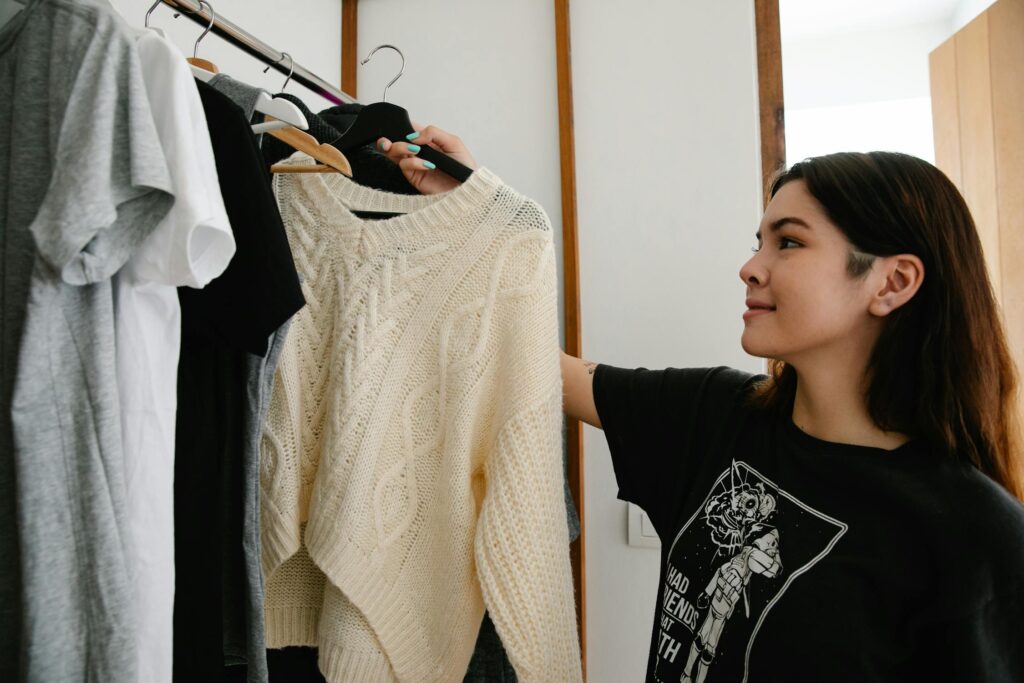
As the seasons change, so should the fabrics you wear. Swap out lightweight cotton and linen for heavier materials like wool and cashmere as the weather cools. Conversely, when temperatures rise, switch back to breathable fabrics to stay comfortable. This helps your wardrobe feel seasonally appropriate without a complete overhaul.
Keep a Mix of Shoes Handy
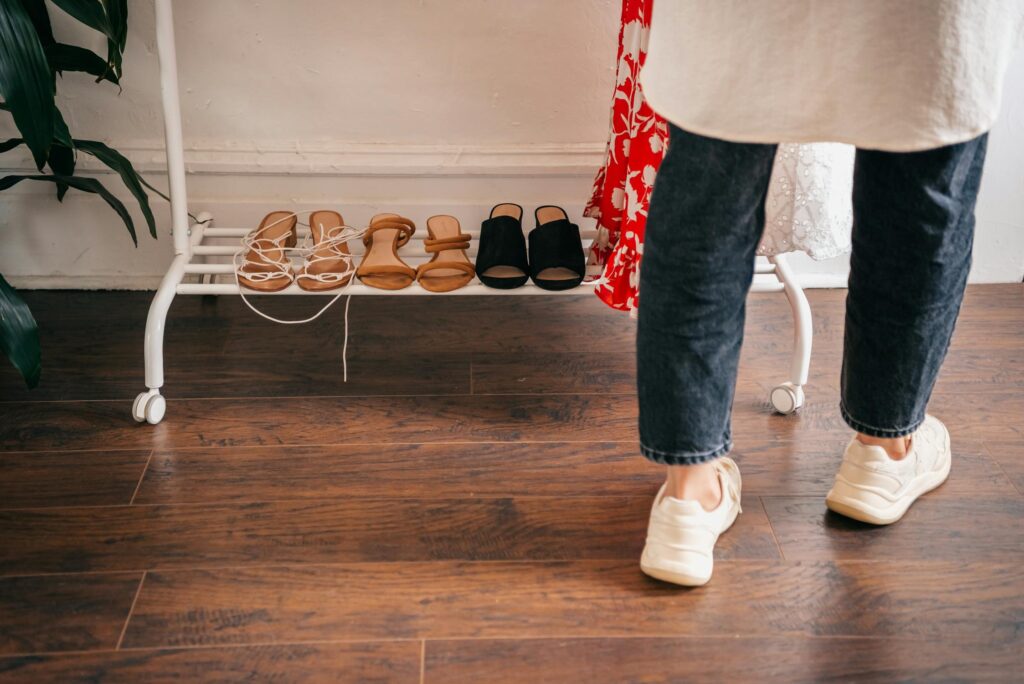
Footwear can make or break your outfit during seasonal transitions. Keep both boots and lighter shoes like loafers or sneakers within reach. This way, you can easily switch depending on the weather. For example, a pair of ankle boots might be perfect for a chilly morning, while sneakers could be better suited for a warmer afternoon.
Don’t Pack Away All Your Summer Clothes
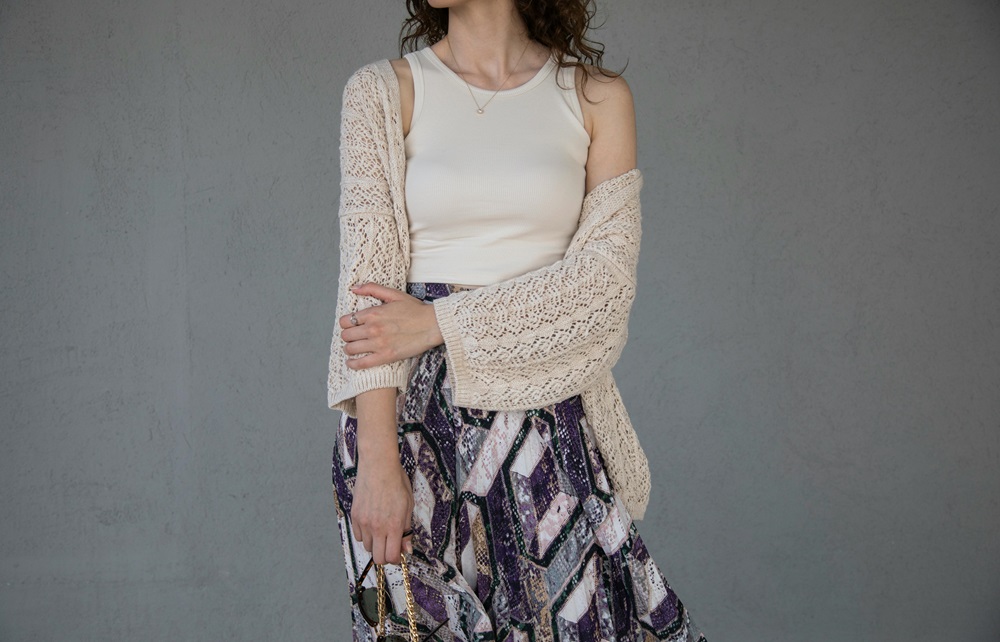
Not all summer clothes need to be packed away when the weather cools. Lightweight dresses and skirts can be worn with tights and boots, extending their usability into the fall. Layering a cardigan or sweater over a summer top also makes it suitable for cooler days.
Embrace Scarves

Scarves are an easy and stylish way to adapt your outfit to changing temperatures. A lightweight scarf can add warmth on a cool morning, and it’s easy to remove when it gets warmer. Choose scarves in neutral colors or patterns to ensure they match a variety of outfits.
Update Your Color Palette

As the seasons change, consider updating your wardrobe’s color palette. Move from the bright, bold colors of summer to the deeper, richer tones of fall or the pastels of spring. This subtle shift in color can make your outfits feel more seasonally appropriate. For example, try incorporating shades like burgundy or mustard into your fall wardrobe.
Use Accessories to Transition
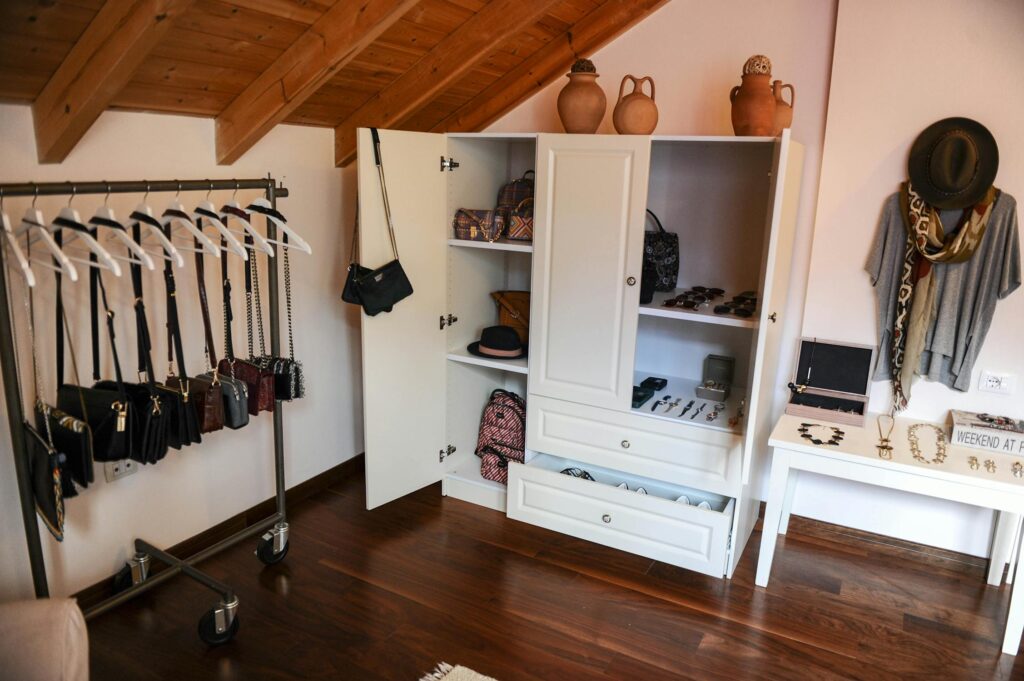
Accessories like belts, hats, and jewelry can help transition your wardrobe from one season to the next. A wide-brimmed hat might be perfect for late summer, while a wool fedora can add a touch of fall to your outfit. Similarly, switching out lighter jewelry for chunkier pieces can make your look feel more in tune with the season.
Rotate Your Wardrobe Gradually
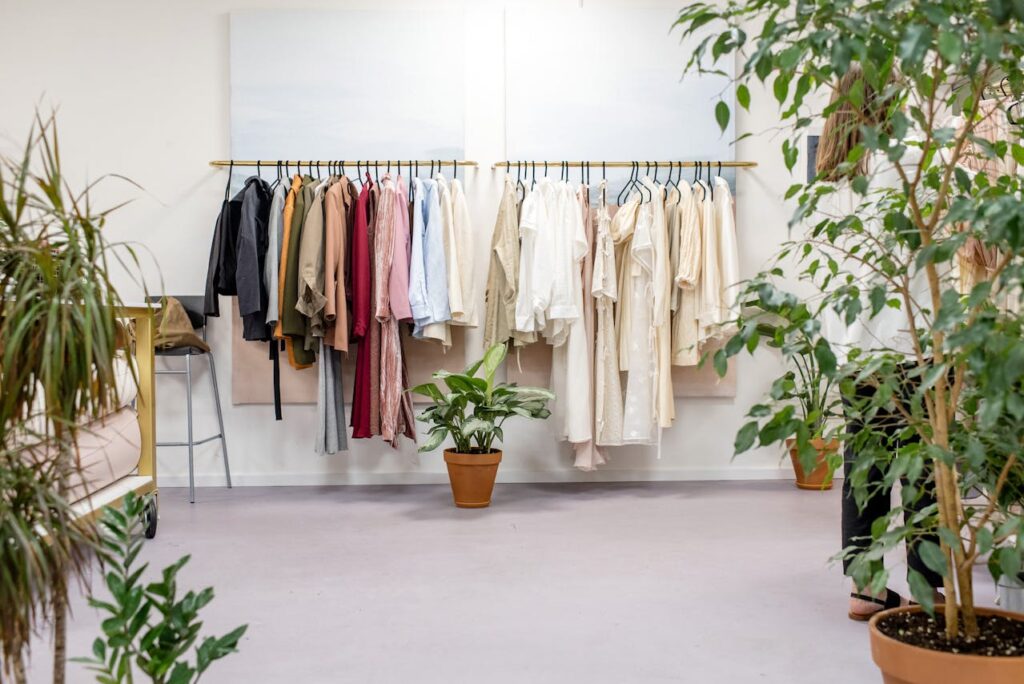
Instead of switching out your entire wardrobe at once, try rotating it gradually. Start by introducing a few fall items into your summer wardrobe and slowly phasing out the lighter pieces. This gradual transition allows you to adapt your clothing choices as the weather changes.
Invest in Versatile Outerwear

A good piece of outerwear can make the transition between seasons much easier. Look for a versatile coat or jacket that works well in both cool and warm weather. A trench coat, for instance, is perfect for rainy days in both spring and fall. It’s an investment that pays off in terms of both style and functionality.
Mix and Match Seasons
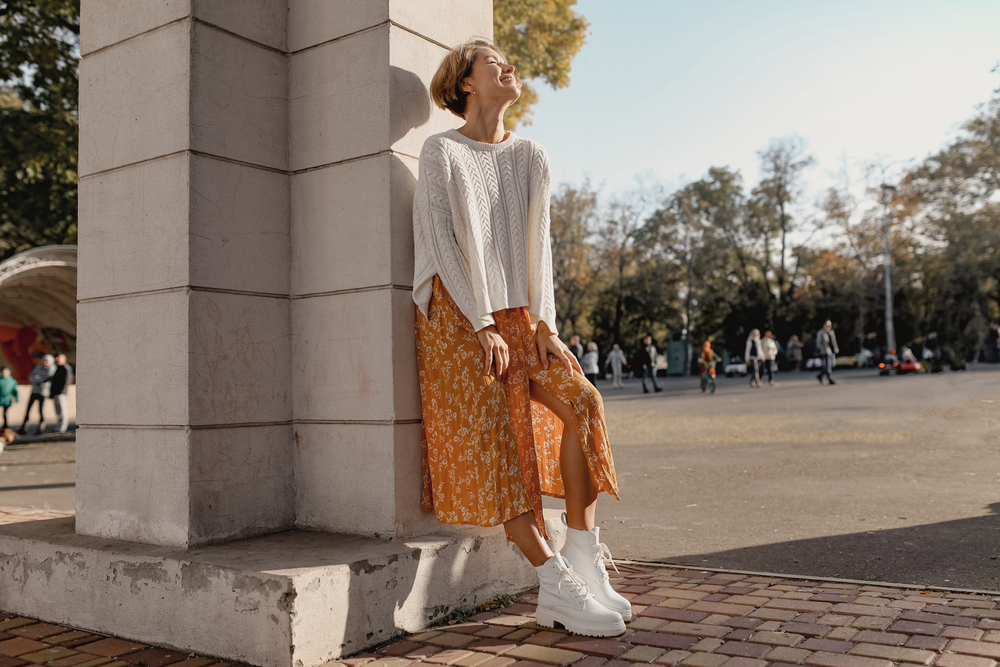
Don’t be afraid to mix and match items from different seasons. Pair a summer dress with a fall sweater or wear winter boots with a lighter dress. This approach allows you to get more use out of your clothes and create unique, seasonally fluid outfits.
Use Versatile Dresses
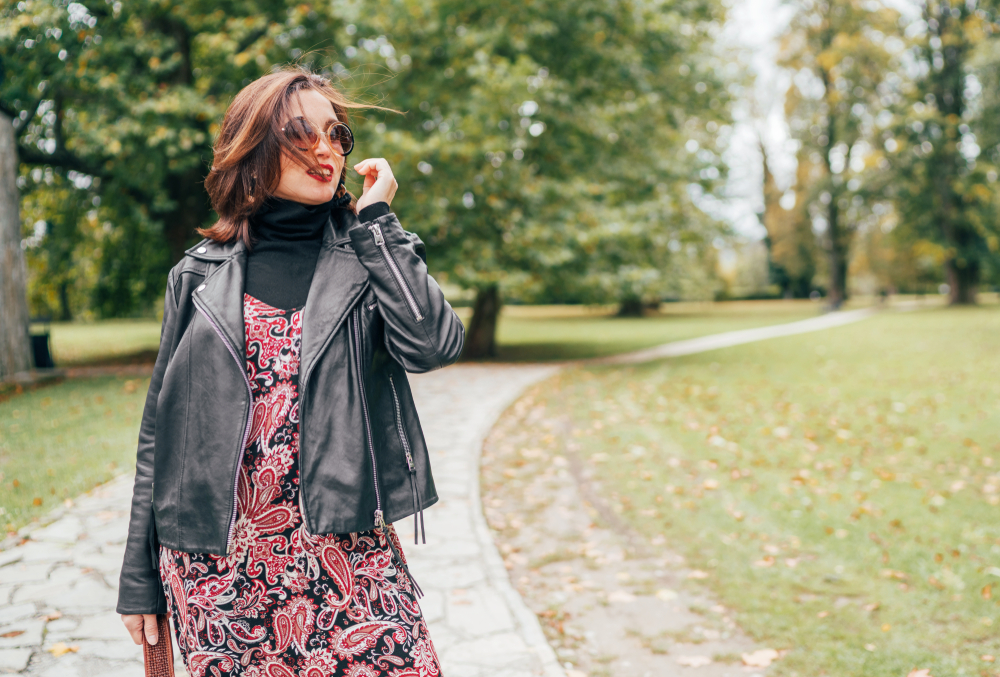
Dresses can be incredibly versatile for transitioning between seasons. A sleeveless dress that you wore during summer can be layered with a turtleneck or paired with a leather jacket and tights for fall. In spring, simply swap the heavier layers for a light jacket or scarf. By choosing dresses in neutral colors or classic patterns, you can easily adapt them to suit both warmer and cooler weather.
Consider the Weather
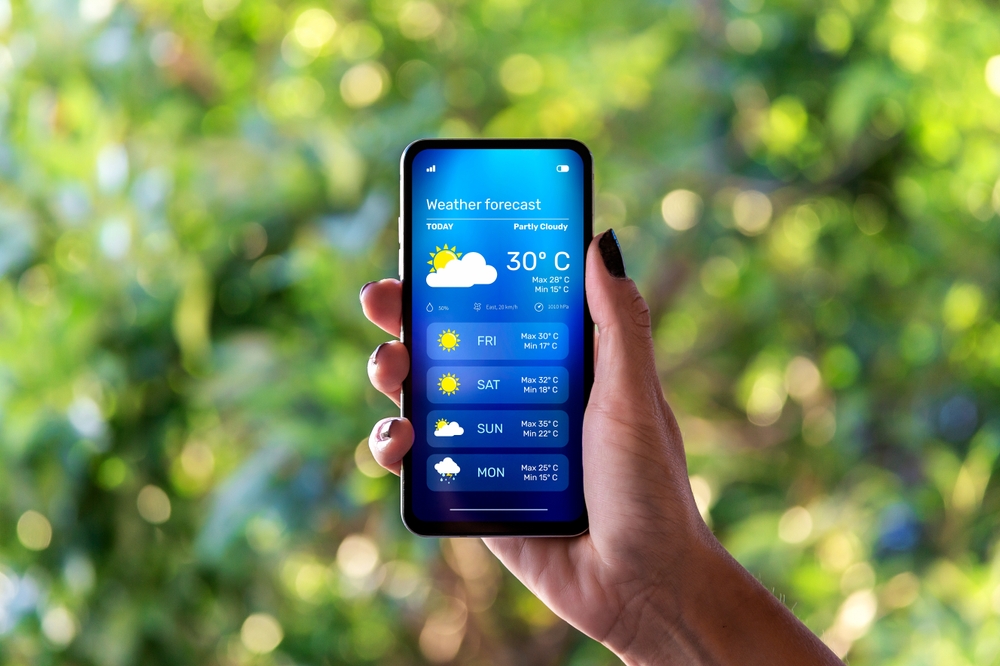
Keep an eye on the weather forecast and plan your outfits accordingly. Layering is especially important when the weather is unpredictable, but knowing the forecast can help you decide whether to wear heavier or lighter layers. This way, you’ll always be prepared for whatever the day brings.
Incorporate Transitional Footwear

Transitional footwear, like ankle boots or loafers, is perfect for those in-between seasons. These shoes are sturdy enough for cooler weather but not too heavy for warmer days. Pair them with both summer and fall outfits for a versatile look that’s perfect for any season.
Keep a Few Key Pieces in Rotation

Identify a few key pieces that can work across multiple seasons and keep them in regular rotation. A lightweight sweater, for example, can be worn over summer dresses in the fall or under heavier coats in the winter. This approach maximizes your wardrobe’s versatility and helps you get more wear out of your favorite items.
Transition with Textures
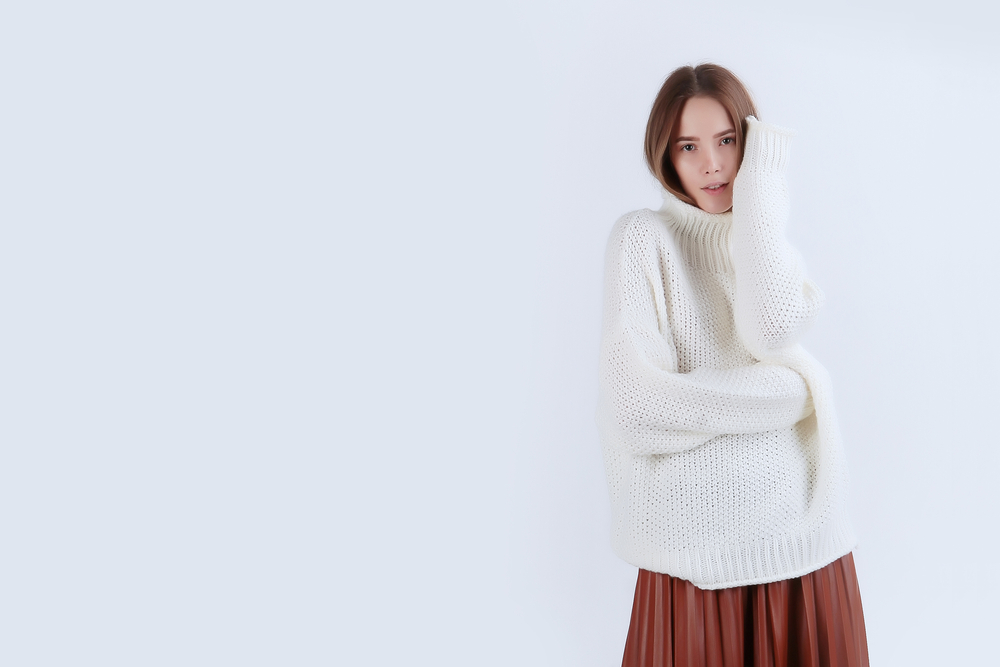
As you move from one season to the next, consider incorporating different textures into your outfits. Layering a chunky knit sweater over a silk blouse adds both warmth and visual interest to your look. Mixing textures is a great way to make your outfit feel more appropriate for the changing weather.
Prioritize Comfort

While style is important, comfort should also be a priority when transitioning your wardrobe. Make sure your clothes not only look good but also feel good as the weather changes. For example, opt for soft, breathable fabrics that will keep you comfortable throughout the day, regardless of the temperature.
Embrace Layers You Can Remove

Layering is essential during seasonal transitions, but it’s important to choose layers that are easy to remove. A cardigan, for example, can be quickly taken off if you get too warm. This flexibility allows you to adjust your outfit throughout the day as temperatures fluctuate.
Keep Transitional Pieces at the Front of Your Closet
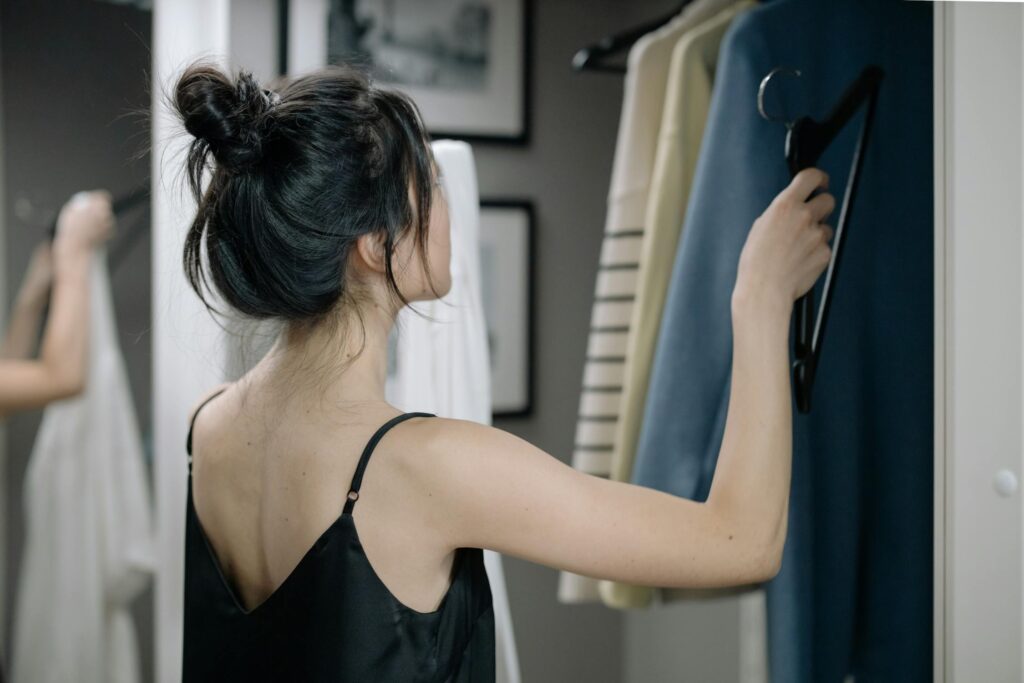
To make getting dressed easier during seasonal changes, keep transitional pieces at the front of your closet. Items like lightweight sweaters, jackets, and versatile shoes should be easily accessible. This way, you can quickly grab what you need to stay comfortable and stylish as the seasons shift.
This article originally appeared on UnifyCosmos.
More from UnifyCosmos
20 Simple Tips to Handle Tough Coworkers

Whether it’s maintaining professionalism, setting boundaries, or improving communication, these tips will guide you toward a more harmonious workplace. Read more!
18 Practical Tips for Staying Organized at Home

With a few practical tips, you can keep your space tidy and stress-free. Read more!
20 Habits Wealthy People Have That You Should Adopt

By understanding and implementing these habits, you can pave the way for a more prosperous life. Read more!
Leave a Reply